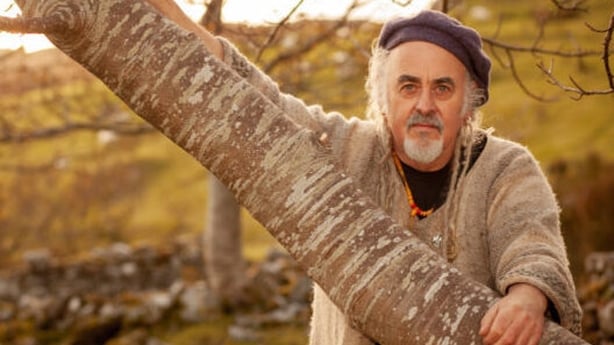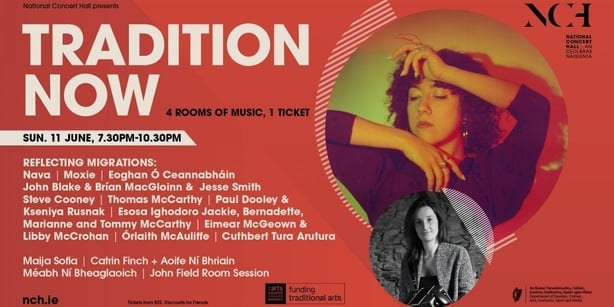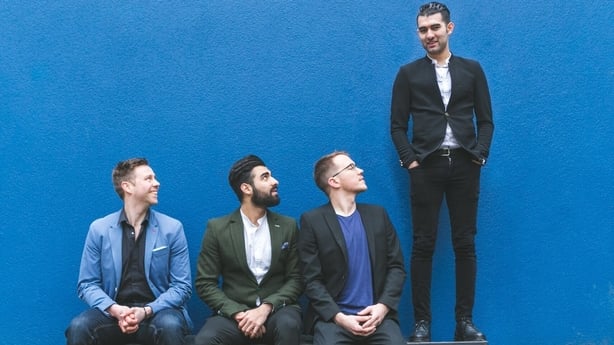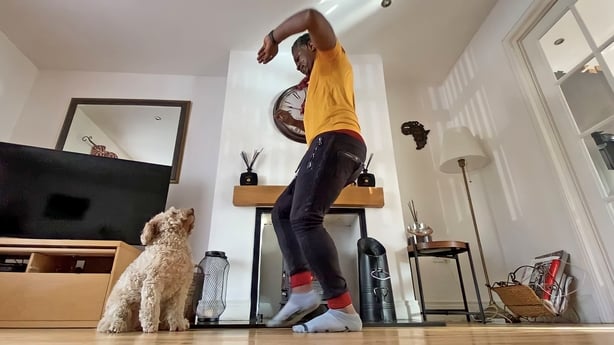The National Concert Hall's progressive traditional music programme Tradition Now, a partnership between NCH and The Arts Council, returns to the NCH this June 10 and 11.
This year's event includes performances by a lazarus soul, Steve Cooney, Maija Sofia, Landless and more; the second night's headline event is a concert called Reflecting Migrations, curated by the National Concert Hall and the Irish Traditional Music Archive.
ITMA Director, Liam O’Connor, explains the concept behind the show, and the choice of musicians involved.
Irish traditional music, song and dance are part of a living tradition, one continually evolving and renewing itself. This concert is an opportunity to reflect on migration. . . the migration of music, people and traditions.
Some of our most popular traditional dance forms migrated to this island from other parts of Europe: our reels believed to have originated in Scotland along with our Highlands and Strathspeys; our West Kerry polkas have bohemian roots while our 18th century aislings have their origins in the Old French reverdie.

Even our instruments have migrated to Ireland; the fiddle reached its design perfection in Cremona during the early 18thcentury; the wood with which we make our uilleann pipes, fiddles, concertinas and flutes come from far flung places throughout the world. The inward migration of these influences shaped our tradition and just like the Norman influence, became more Irish than the Irish themselves.
Irish traditional music is now an artform played throughout the world by a diverse range of people. In Ireland in the 1960s, we had less than one hundred uilleann pipers. Now we have uilleann pipers in Cuba, Japan, New Zealand and all over Europe, Canada and United States. Some of the very best instruments are manufactured in the US, Japan and Germany.

Tradition Now will see a wide variety of talented artists all of whom are contributing to the ongoing story of migration in the tradition. Some born to Irish parents abroad have migrated back to Ireland with their traditions intact, others have been drawn to Ireland because of the music. War and conflict have displaced some of the featured artists and forced them to seek refuge in Ireland. Others seek the 'pure drop’ while others seek to fuse elements of traditions together to create new sounds. Collectively, this concert reflects contemporary Ireland and the diversity in the tradition now.

The bill includes performers such as Dublin-based Nava, who explore the space between Irish and Persian music; Australian-born Steve Cooney who has created a wonderful new way of playing music from 18th and 19th century bardic harp collections on guitar; Ukranian singer and harper Kseniya Rusnack who performs with Paul Dooley, one of Ireland’s leading performers of the Irish wire-strung harp and Esosa Ighodaro, whose renditions of songs in the Irish language have astonished audiences.
Traveling musicians have played a hugely important role in the migration of music, song and dance within Ireland for centuries. The Reflecting Migrations programme features one of the most important singers of his generation, Thomas McCarthy, who possesses an extensive repertoire of songs learnt from his own family, community and relations.

The concert also showcases the talents of Irish speaker, poet and sean-nós dancer, Cuthbert Tura Arutura, who migrated to Ireland from Zimbabwe, the wonderful trio of Brían MacGloinn of Ye Vagabonds, Baltimore fiddle player Jesse Smith and renowned flute player John Blake and also sean- nós singer Eoghan Ó Ceannabháin.
Tradition Now is at the National Concert Hall on June 10th and 11th - find out more here.

